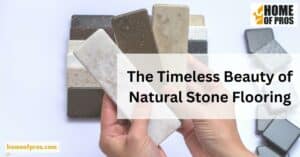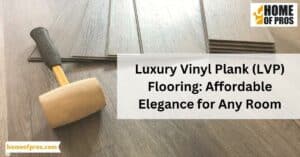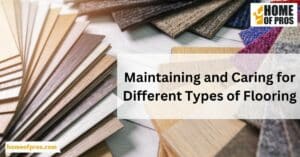Discover eco-friendly flooring options for a sustainable home in our latest blog post. From bamboo and cork to reclaimed wood and linoleum, explore their benefits, such as improved indoor air quality and reduced carbon footprint. Make an informed choice for a greener future in just 50 words!
In this blog post, we’ll explore some of the most popular eco-friendly flooring options and their benefits so you can make an informed decision about what is right for your home. Read on to learn more!
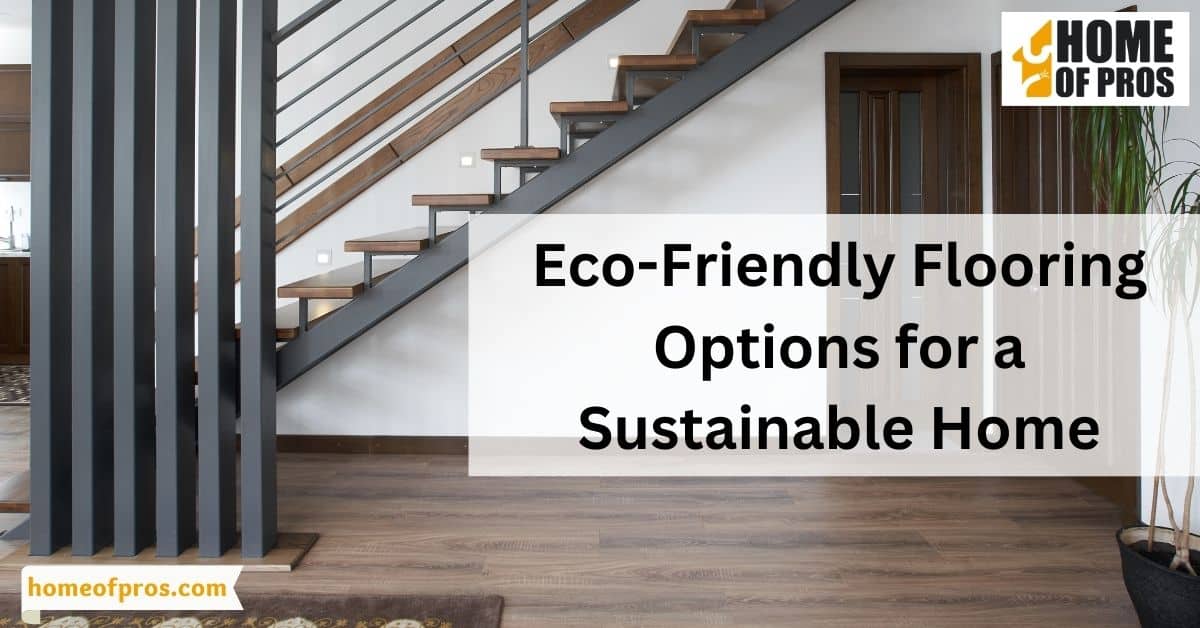
What is Eco-Friendly Flooring?
Eco-friendly flooring is a term that refers to flooring materials that are produced in a way that minimizes the impact they have on the environment. These materials are made from renewable resources rather than traditional finite resources.
The most popular eco-friendly flooring options are bamboo, cork, and reclaimed wood.
- Bamboo is considered to be an ideal choice because it grows quickly, making it an easily replenishable resource.
- Cork is also a fantastic eco-friendly option because it is harvested from cork trees without killing the tree.
- Reclaimed wood is an environmentally friendly alternative to traditional hardwood floors because it repurposes old wood, reducing the need for newly sourced trees.
Eco-friendly flooring is not only better for the environment, but it can also enhance the indoor air quality of your space, making it a healthier option for your family and pets.

Benefits of Using Eco-Friendly Flooring
Using eco-friendly flooring is not only good for the environment, but also for your health and well-being. Conventional flooring materials, such as vinyl, carpet, and hardwood, often contain harmful chemicals that can impact indoor air quality and contribute to a range of health problems.
Eco-friendly flooring, on the other hand, is made from natural, sustainable, and non-toxic materials that are better for your home and the planet. Some of the benefits of using eco-friendly flooring include:
- Improved indoor air quality
- Reduced carbon footprint
- Increased durability
By choosing eco-friendly flooring options, you are not only making a positive impact on the environment but also on your own health and quality of life.

Types of Eco-Friendly Flooring Options
Bamboo Flooring
Bamboo flooring is a popular choice for those looking for eco-friendly flooring options. Made from bamboo grass, it is a sustainable and renewable resource that is highly durable and moisture-resistant.
This type of flooring is not only environmentally responsible, but it also boasts a sleek and modern aesthetic that can complement any home or office space. Bamboo flooring is available in a wide variety of colors and finishes, so there is bound to be a style that fits your design preferences.
Plus, the installation process is relatively straightforward, making it a convenient option for any homeowner or business owner. When looking for an eco-friendly flooring option that is both functional and beautiful, bamboo flooring should certainly be on your list to consider.
Cork Flooring
Eco-friendly flooring options have become increasingly popular in recent years, and one of the best options on the market is cork flooring. Not only is cork a renewable resource, but it is also hypoallergenic and naturally resistant to mold and mildew.
It is also a great insulator, helping to keep your home warm in the winter and cool in the summer. Additionally, cork flooring is highly durable and can last for decades with proper care. It may come as a surprise, but cork floors are available in a variety of patterns and colors, making them a versatile choice for any room in your home.
Ultimately, investing in cork flooring is an excellent choice for those who are looking to enhance their home’s aesthetic appeal while prioritizing sustainability.
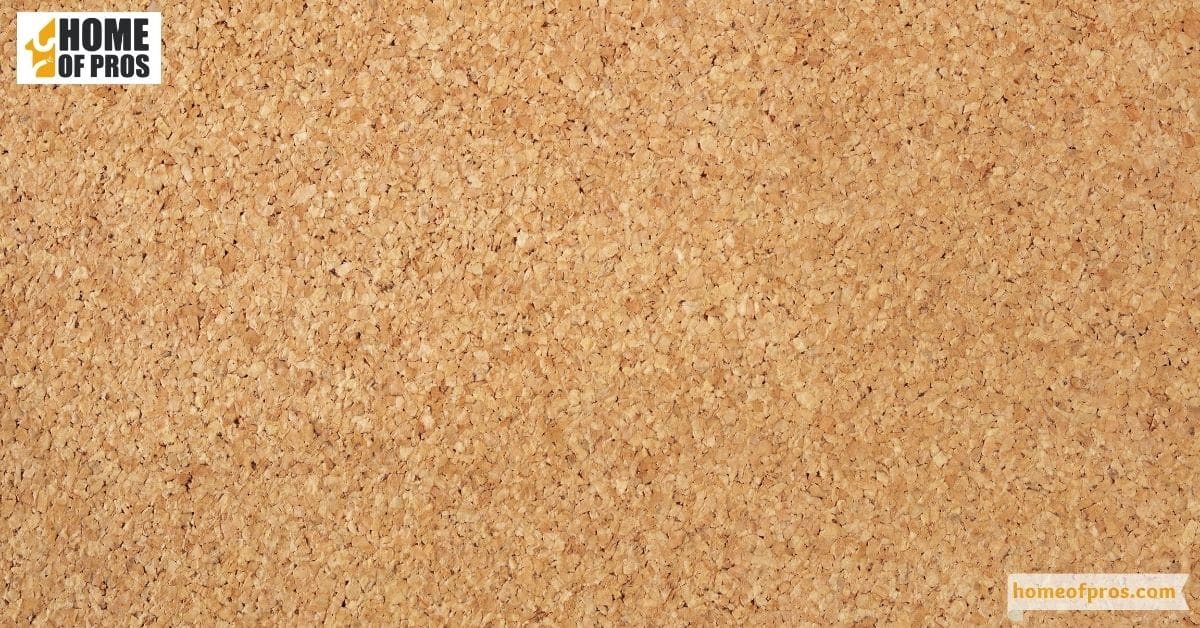
Reclaimed Wood Flooring
Reclaimed wood flooring has emerged as one such option, and for good reason. Not only does it lend a certain rustic charm to a room, but it’s also incredibly sustainable. By repurposing old wood that would otherwise be thrown away.
Reclaimed wood flooring reduces the demand for new lumber, which in turn cuts down on deforestation and environmental degradation. Plus, the age and character of reclaimed wood often make for more interesting and unique flooring than what you might find in a hardware store.
All in all, it’s a smart choice for any eco-conscious homeowner looking to reduce their carbon footprint.

Linoleum Flooring
As concerns for the environment continue to escalate, many consumers are turning to eco-friendly flooring options as a way to reduce their environmental impact. One option that has grown in popularity in recent years is linoleum flooring.
Made from natural materials such as linseed oil, cork powder, and wood flour, linoleum is biodegradable and emits low levels of VOCs (volatile organic compounds) during installation. Not only is it eco-friendly, but linoleum is also durable, easy to clean, and available in a variety of colors and patterns, making it a practical and stylish choice for any room in the home.
As more and more consumers prioritize sustainability in their purchasing decisions, it’s no wonder that linoleum flooring is becoming a go-to option for those looking to make an environmentally conscious choice.
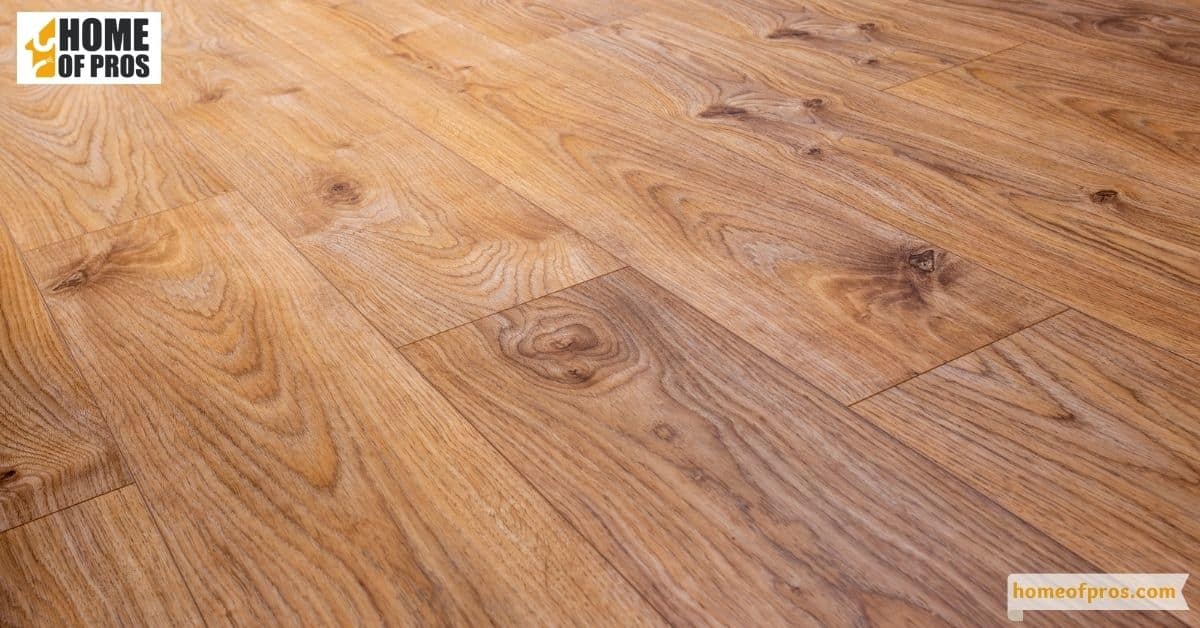
Natural Stone Flooring
Natural stone is extracted directly from the earth, making it a sustainable choice, and it doesn’t release harmful toxins or chemicals into the air. Plus, it can help regulate the temperature in a room, keeping it cool in the summer and warm in the winter.
Which can save energy and reduce your carbon footprint. From marble to granite to limestone, there are many types of natural stone to choose from, each with its own unique characteristics and charm.
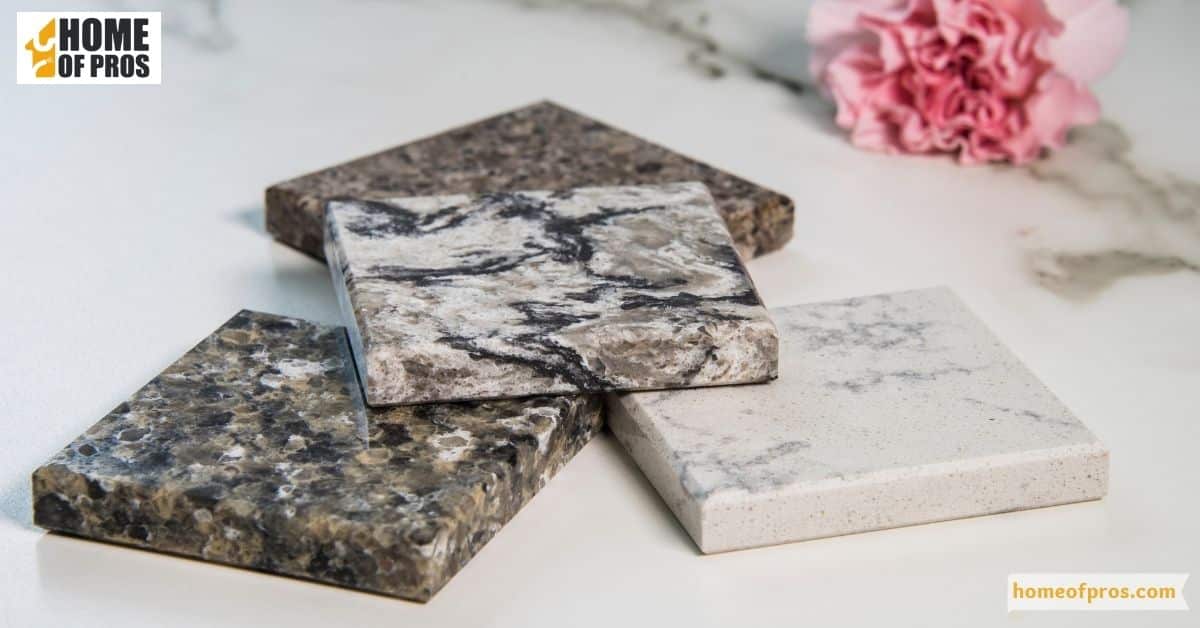
Factors to Consider when Selecting Eco-Friendly Flooring
- Sustainable Materials: Look for flooring options made from renewable, recyclable, or reclaimed materials such as bamboo, cork, linoleum, or reclaimed wood. Avoid materials that contribute to deforestation or have a high carbon footprint.
- Non-Toxic and Low VOCs: Choose flooring that is free from harmful chemicals, such as volatile organic compounds (VOCs), formaldehyde, and phthalates. Look for certifications like FloorScore or GreenGuard to ensure the flooring meets strict indoor air quality standards.
- Durability and Longevity: Opt for flooring that is durable and long-lasting to reduce the need for frequent replacements. Consider the expected lifespan of the flooring material and its ability to withstand wear and tear in high-traffic areas.
- Energy Efficiency: Some flooring materials, like certain types of carpet or cork, offer insulation properties that can help retain heat and reduce energy consumption. Consider how well the flooring material can contribute to energy efficiency in your home.
- Production and Transportation: Evaluate the environmental impact of the manufacturing process and transportation of the flooring material. Choose options that are produced locally or have a lower carbon footprint due to reduced transportation distances.
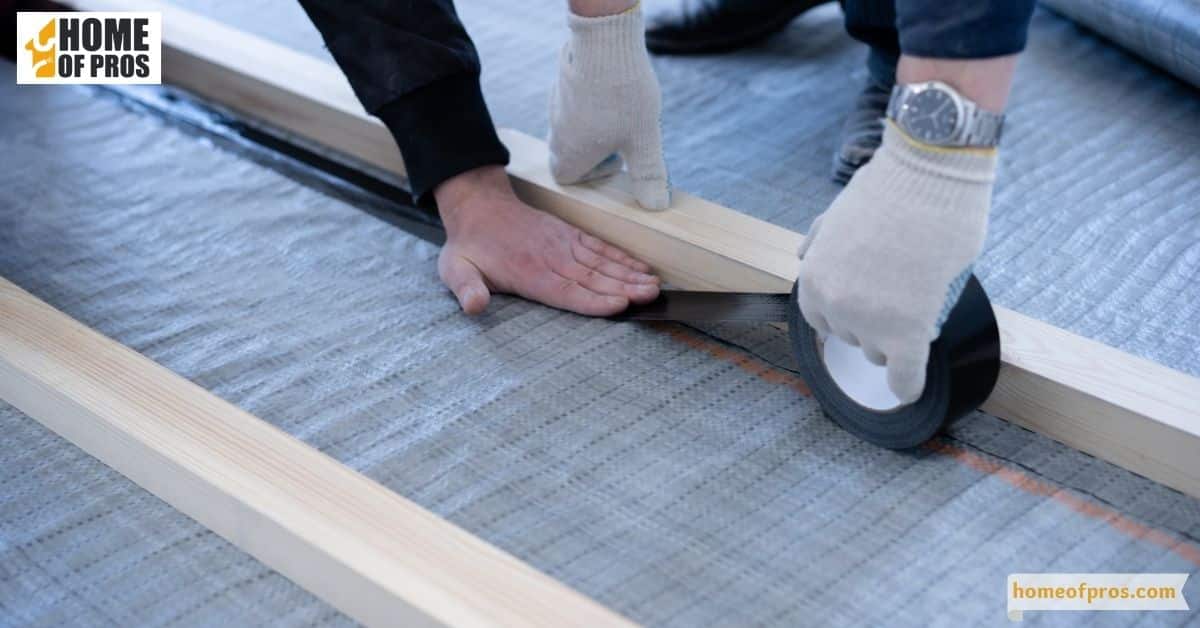
In conclusion
Choosing eco-friendly flooring options for a sustainable home is a wise choice for both the environment and our own well-being. With so many options available, it’s possible to find a flooring material that suits your style, budget, and ecological preferences.
Opting for natural materials like bamboo or cork, or recycled options like rubber or reclaimed wood, can significantly reduce your carbon footprint while providing a beautiful and durable floor for your home.
Investing in eco-friendly flooring not only benefits our environment but also adds value to your home and promotes healthier air quality. By making the switch to sustainable flooring, we can make a positive impact on the planet and take a step toward a greener future.








